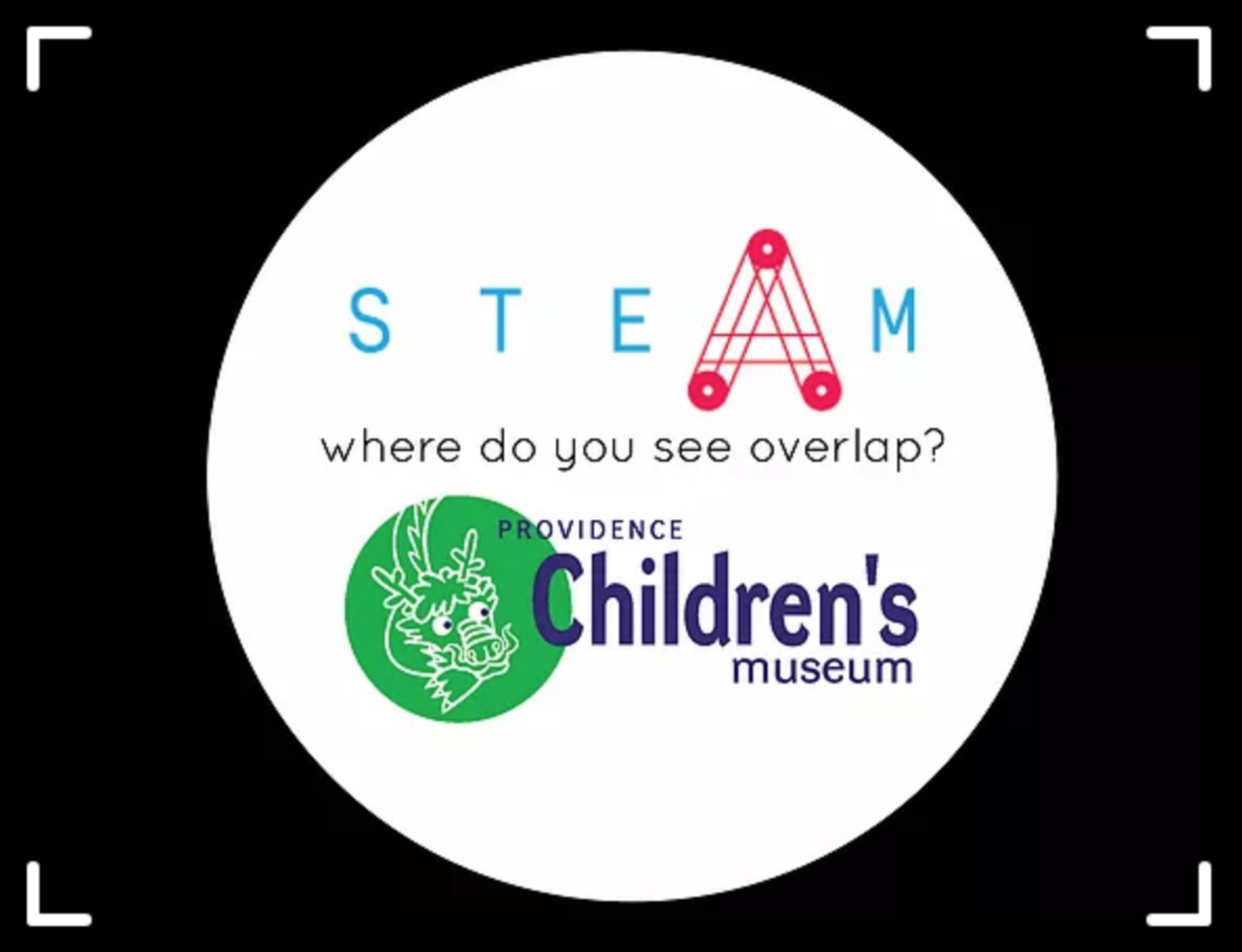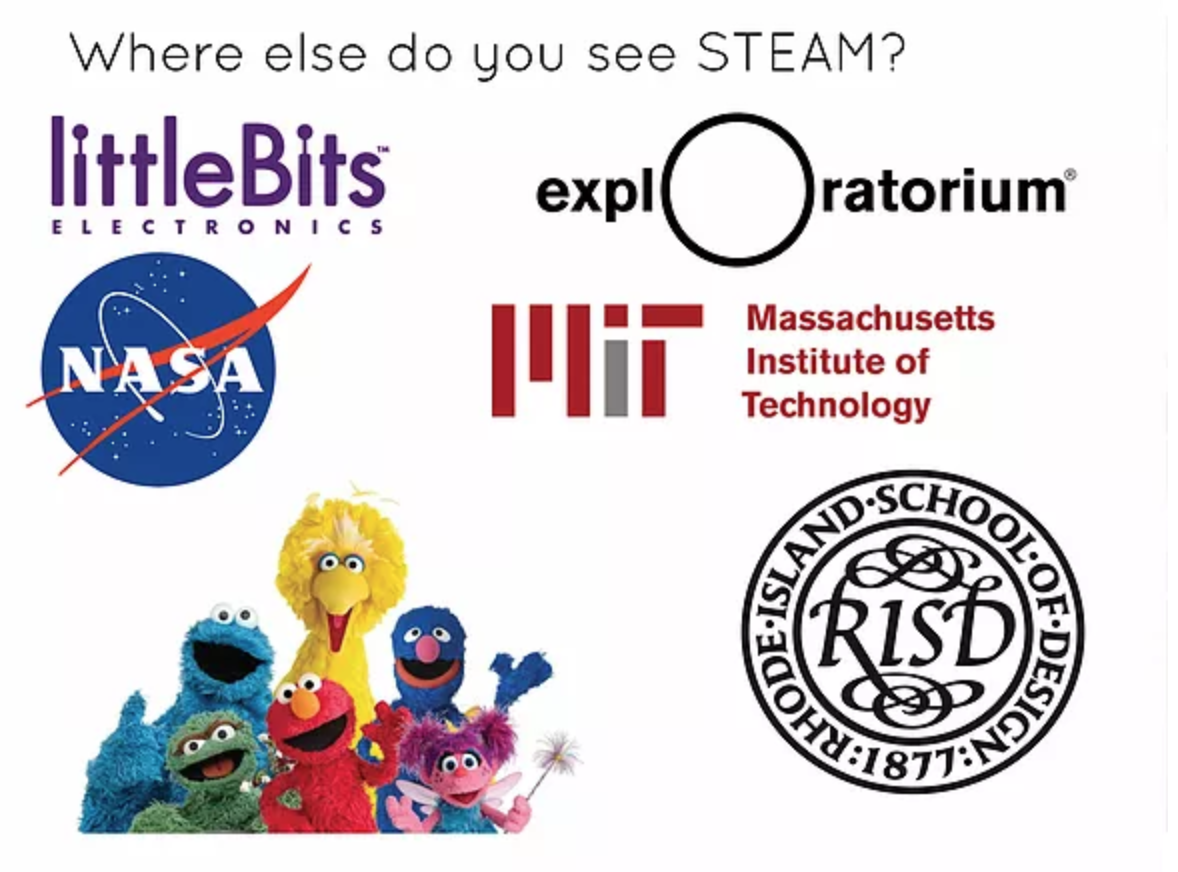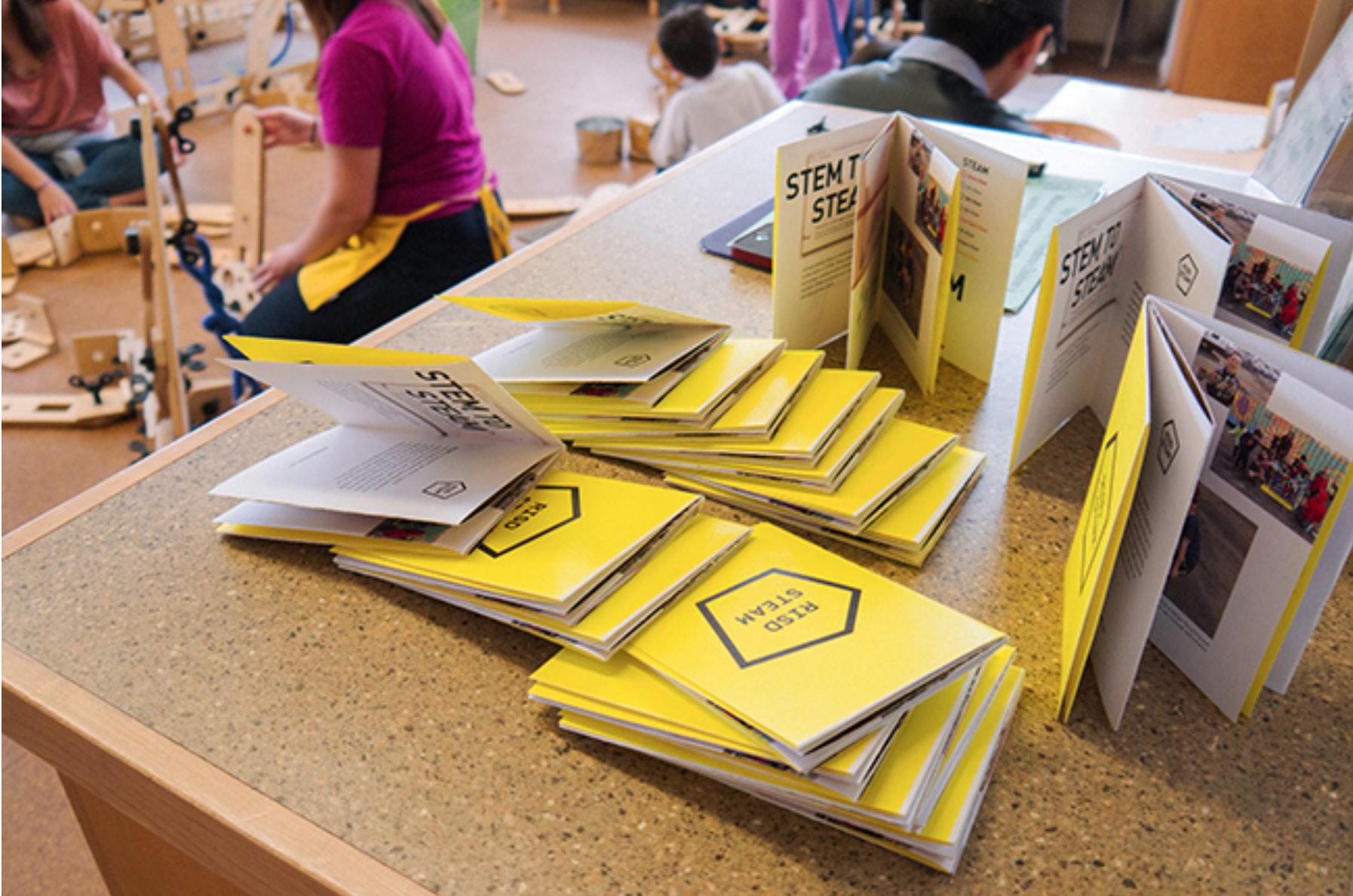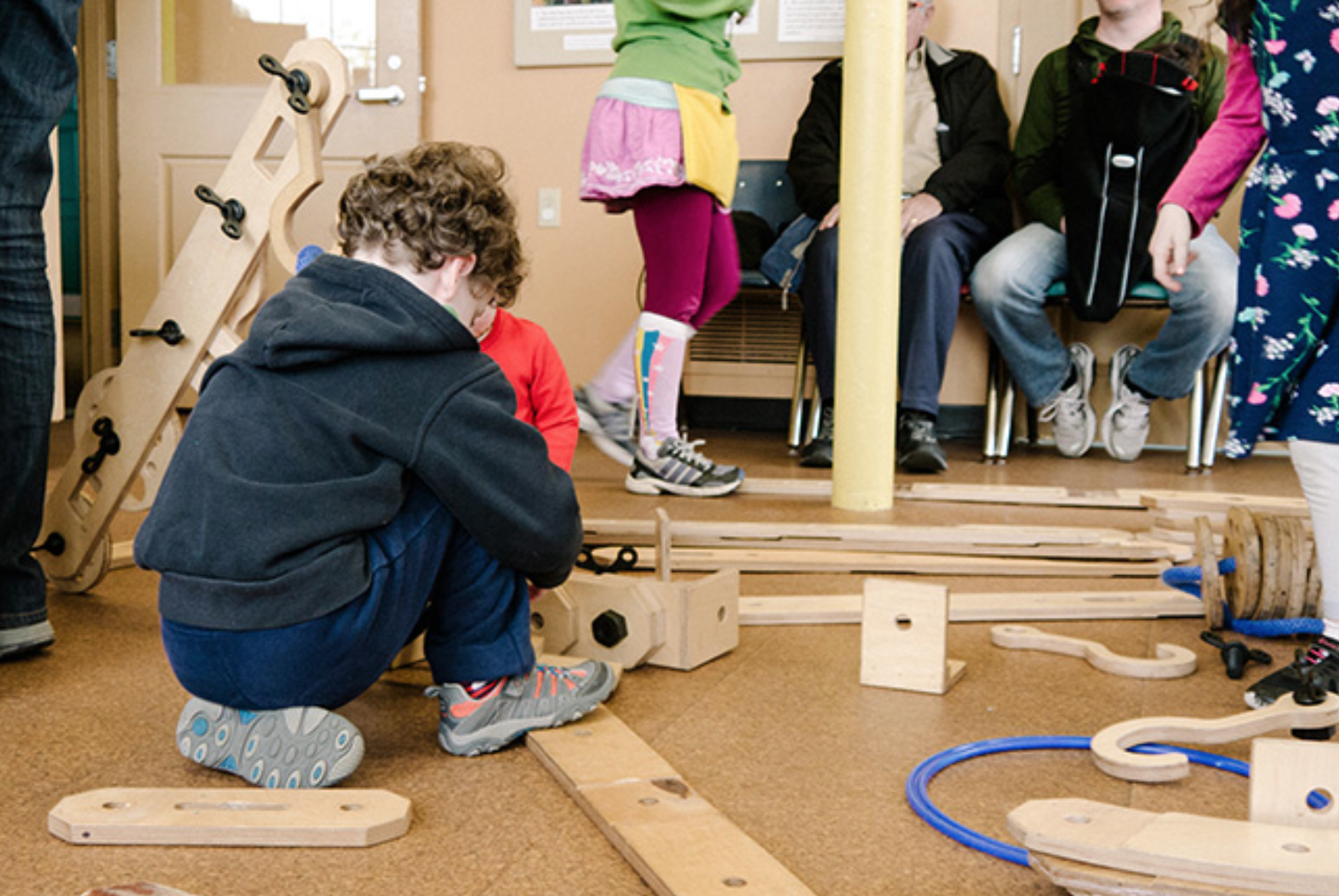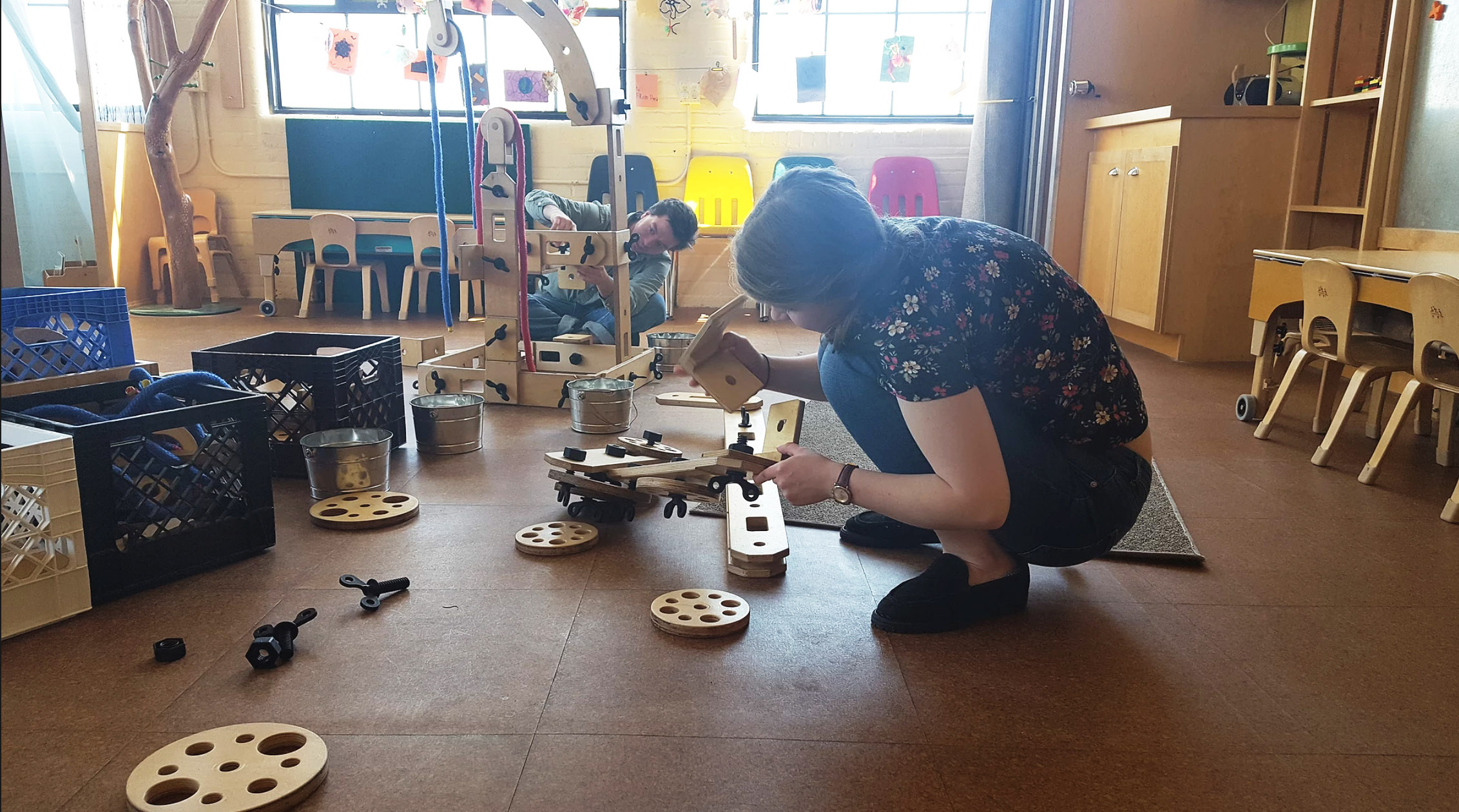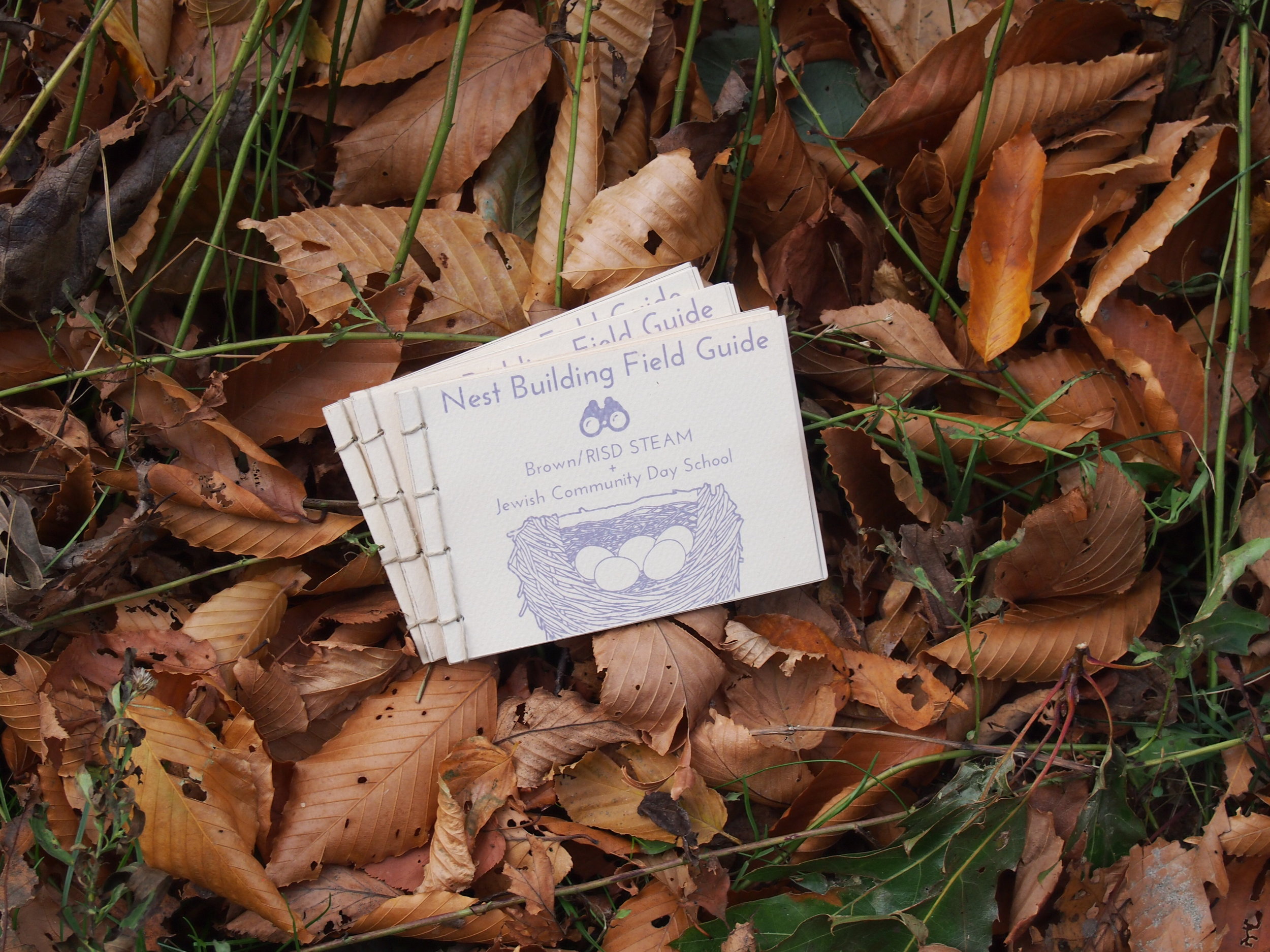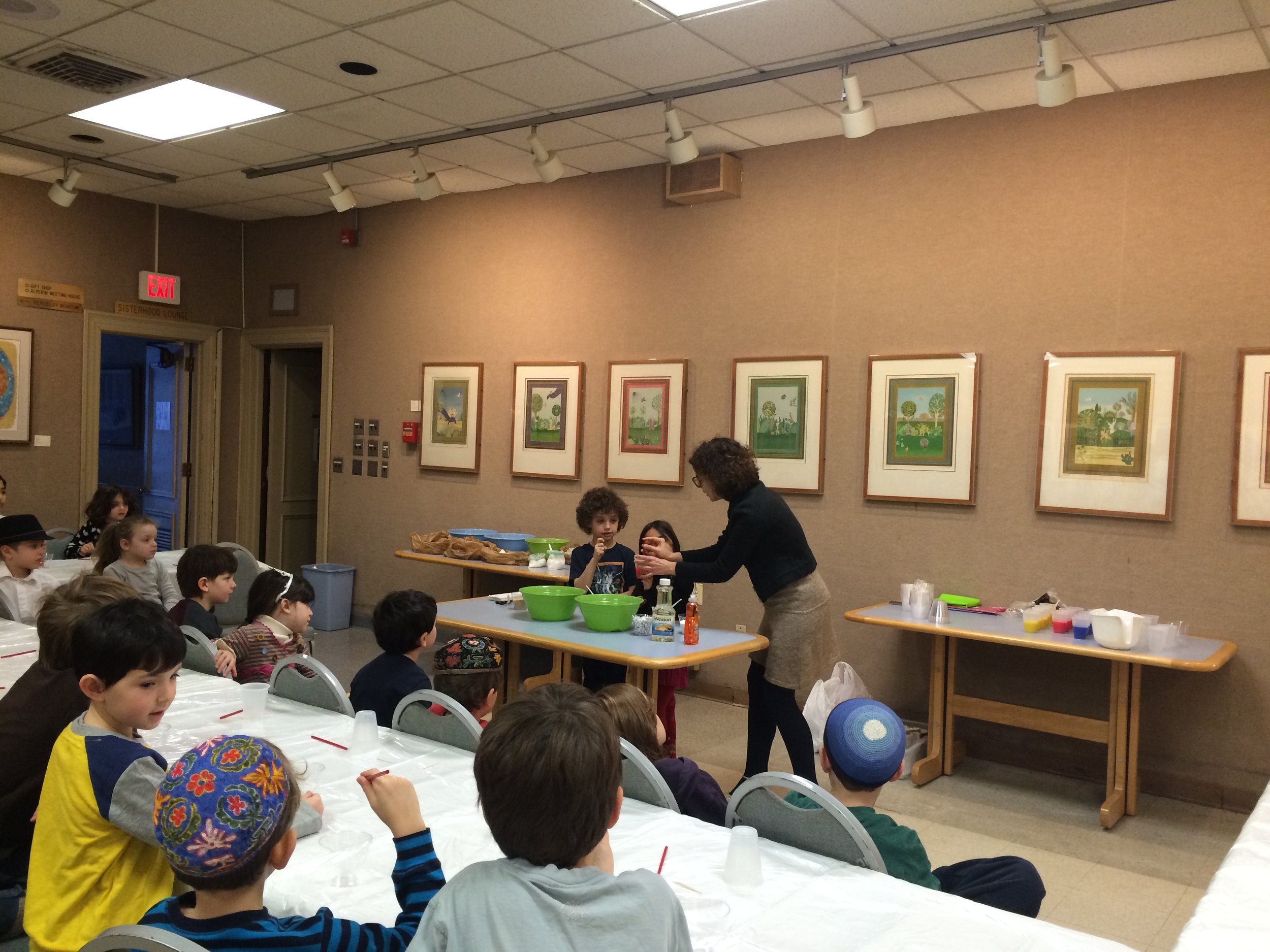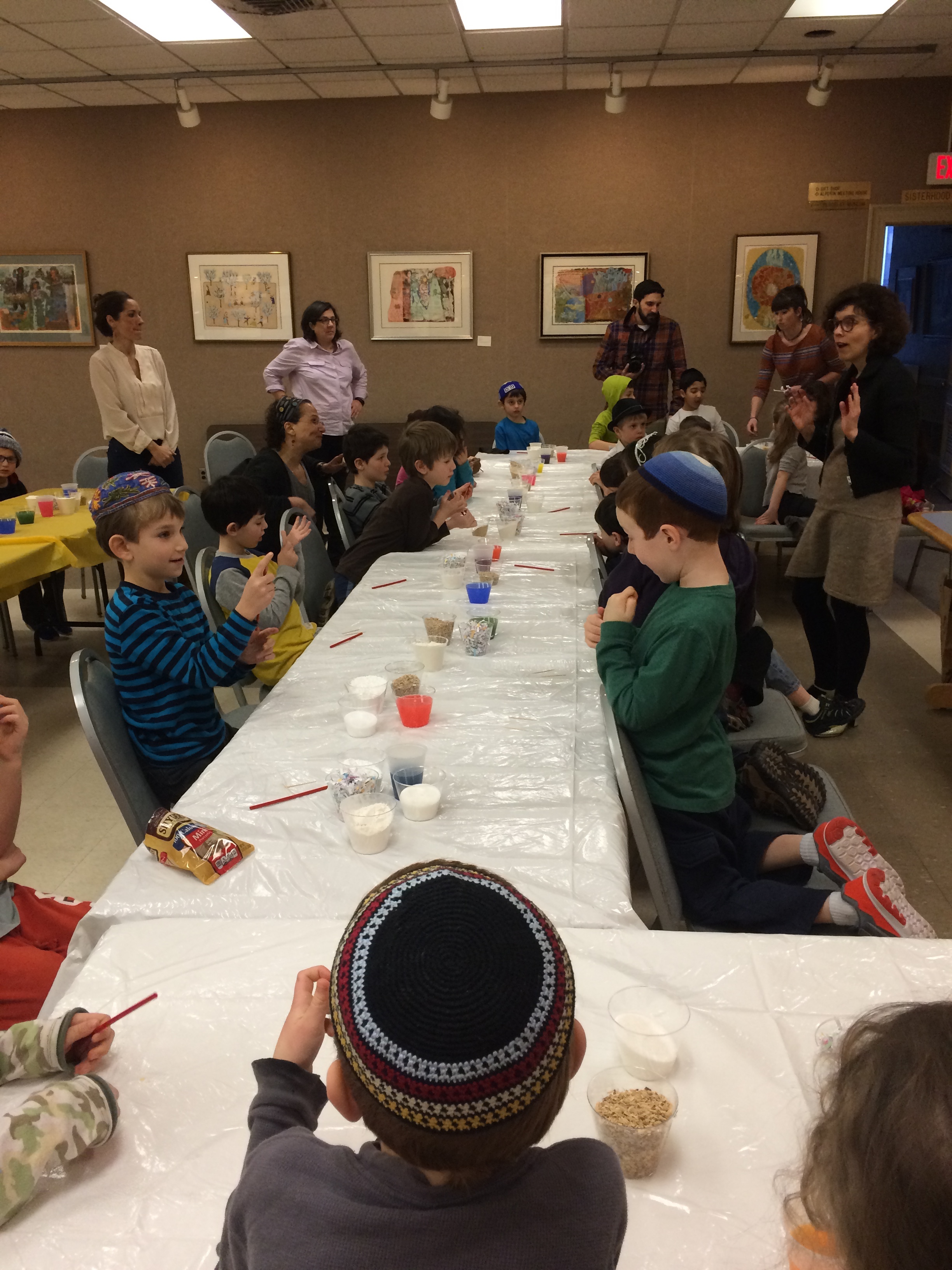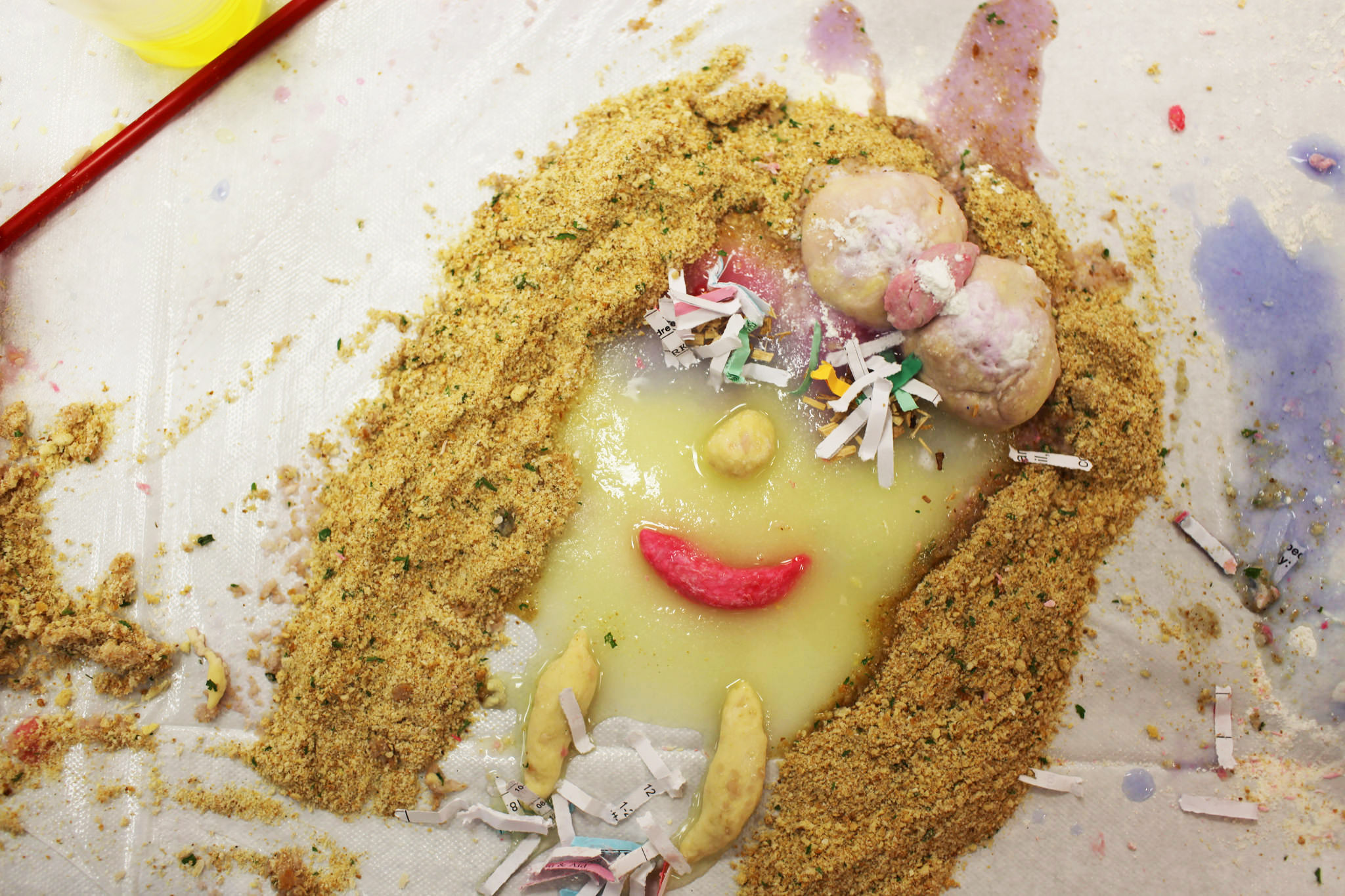While attending the Rhode Island School of Design I became involved in the STEAM Club on campus. STEAM is an acronym that tries to incorporate the Arts into the the fields of Science, Technology, Engineering, and Mathematics. As a program manager and Vice President of the STEAM club at RISD, I worked to develop events and lesson plans that encouraged people to explore how the Arts can be a fundamental tool in the STEM fields.
RISD Steam
RISD 2013 - 2016
During a weekend workshop at the Providence Children’s Museum, I worked with students from RISD and Brown to create an experience which the visitors of the museum could learn about how the Arts can be incorporated into STEM programs. In this event we created printed learning materials for parents and kids to take home, and create a space for the building of Cas Holman’s RigaMaJig building kits. After the event I was able to co-host with Lilian Krieger a presentation and ideation workshop for the volunteers of the Providence Children’s Museum focused on how incorporating arts learning into STEM practices.
STEAM Workshop at the Providence Children’s Museum
In my capacity as Vice President of RISD STEAM I developed a relationship with the Jewish Community Day School of Rhode Island. While working with JCDSRI I created lesson plans that focused on being able to experience the natural sciences through a creative design thinking approach. The Avian Architecture workshop stemmed from an event I created for RISD students which was used to show how fantastic the natural structures birds make can be. Birds are in a set of creatures that create their own structures in the form of nests ranging from mud nest to the maypole structures of bower birds. In exploring the processes of how a birds nests are made I hoped to create a sense of appreciation for the design of the natural world. This two day event consisted of a materials collection phase in which the students were able to take the pamphlets that I made to gather materials similar to the kind that birds of varying species of birds use in the making of their nests. The second phase of the Avian Architecture event was focused on taking the materials the students collected, and using them in the making of their own birds nests. The students and myself had a wonderful time trying to replicate the structures that birds create, and it showed each and everyone of us how miraculous it is that birds have adapted the ability to build such fine and intricate structures.
Avian Architecture
During a STEAM week event I presented a set of tools that I created that represented the five senses and their animal counterparts that have highly evolved sensory adaptations. Each tool represented for example the enhanced auditory capabilities of a Short Nosed Bat through echo location, or the enhanced ability of a Star Nosed Mole’s sense of touch in using it’s nose to detect vibrations underground. In this event I shared a presentation with students ranging from Kindergarten to 5th grade that went through each sensory experience, and asked the students to share their own examples of the enhanced senses that animals have in the natural world. After the presentation we went into the development of their own tools to enhance their senses. Working with the students they were able to make their own tools for enhanced senses ranging from Gecko fingers to Owl ears. Each object that was made by the students showed how bright and aware the students were of the natural world, and exemplified how through making we were able to explore the sciences through a different lens.
Animal Senses
I’ve always been interested in the life cycle of mycelium, and created an opportunity for RISD students to explore the world of mycelium with some expert mushroom hunters from the Southern New England Mushroom Hunting Foundation. Ryan Bouchard and Emily Schmidt were able to give us a presentation on the do’s and don’ts of mushroom hunting and bring us to Black Water park to try our luck at finding our own edible mushrooms. During the hunt we were able to find a range of edible mushrooms including Bricktop mushrooms, and had a wonderful lesson on how difficult it can be to determine different varieties of mushrooms. Ryan and Emily brought along with them a wide range of examples of mushrooms that can be found in southern New England from a previous mushroom hunt, and we were able to taste for the first time some excellent Chaga tea.
Mushroom Hunt
We had a wonderful opportunity through fellow RISD STEAM member Eli Block to invite Laurence Humier to the Jewish Community Day School of Rhode Island. Laurence Humier has had her work Meeting Chairs put into the permanent collections of MoMA in 2010. She is the author of the ebook “Cooking Material: Could molecular gastronomy help discover new matter?”, published under the patronage of the Triennale Design Museum in Milan. She demonstrates with the collaboration of a chemical engineer the relationship between culinary and non-culinary materials, to discover the utility of several do-it-yourself types of matter. Upon inviting Humier to JSDSRI she was able to conduct a Cooking Material workshop in which the students created their own self portraits out of common cooking supplies that could be found in their parents shelves. This was obviously a very messy event, and in exploring the science of cooking materials we were able to create temporary pieces of art.

